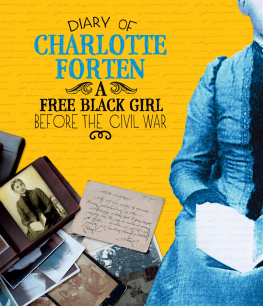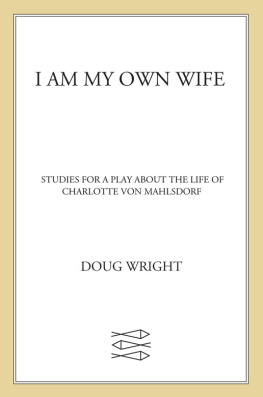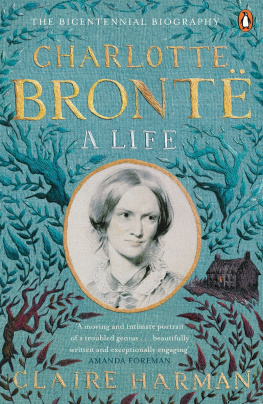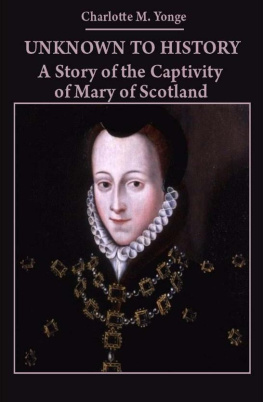PREFACE.
The Cameos here put together are intended as a book for young people just beyond the elementary histories of England, and able to enter in some degree into the real spirit of events, and to be struck with characters and scenes presented in some relief.
The endeavor has not been to chronicle facts, but to put together a series of pictures of persons and events, so as to arrest the attention and give some individuality and distinctness to the recollection, by gathering together details at the most memorable moments. Begun many years since, as the historical portion of a magazine, the earlier ones of these Cameos have been collected and revised to serve for school-room reading, and it is hoped that, if these are found useful, they may ere long be followed up by a second volume, comprising the wars in France, and those of the Roses.
February 28th, 1868.
CONTENTS
CAMEOS
OF
THE HISTORY OF ENGLAND
INTRODUCTION.
Young people learn the history of England by reading small books which connect some memorable event that they can understand, and remember, with the name of each kingsuch as Tyrrells arrow-shot with William Rufus, or the wreck of the White Ship with Henry I. But when they begin to grow a little beyond these stories, it becomes difficult to find a history that will give details and enlarge their knowledge, without being too lengthy. They can hardly be expected to remember or take an interest in personages or events left, as it were, in the block. It was the sense of this want that prompted the writing of the series that here follows, in which the endeavor has been to take either individual characters, or events bearing on our history, and work them out as fully as materials permitted, so that each, taken by itself, might form an individual Cameo, or gem in full relief, and thus become impressed upon the mind.
The undertaking was first begun sixteen years ago, for a periodical for young people. At that time, the view was to make the Cameos hang, as it were, on the thread furnished by ordinary childish histories, so as to leave out what might be considered as too well-known. However, as the work made progress, this was found to be a mistake; the omissions prevented the finished parts from fitting together, and the characters were incomplete, without being shown in action. Thus, in preparing the Cameos for separate publication, it has been found better to supply what had previously been omitted, as well as to try to correct and alter the other Cameos by the light of increasing information.
None of them lay claim to being put together from original documents; they are only the attempt at collecting, from large and often not easily accessible histories, the more interesting or important scenes and facts, and at arranging them so that they may best impress the imagination and memory of the young, so as to prepare them for fuller and deeper reading.
Our commencement is with the Dukes of Normandy. The elder England has been so fully written of, and in such an engaging manner for youthful readers, in the late Sir Francis Palgraves History of the Anglo-Saxons, that it would have been superfluous to expand the very scanty Cameos of that portion of our history. The present volume, then, includes the history of the Norman race of sovereigns, from Rollo to Edward of Carnarvon, with whose fate we shall pause, hoping in a second volume to go through the French wars and the wars of the Roses. Nor have we excluded the mythical or semi-romantic tales of our early history. It is as needful to a person of education to be acquainted with them, as if they were certain facts, and we shall content ourselves with marking what come to us on doubtful authority.
CAMEO I. ROLF GANGER. (900-932.)
Kings of England.
901. Edward the Elder.
924. Athelstan.
Kings of France.
898. Charles
the Simple.
923. Rudolf.
Emperors of Germany.
899. Ludwig IV.
912. Konrad.
If we try to look back at history nine hundred years, we shall see a world very unlike that in which we are now moving. Midway from the birth of our Lord to the present era, the great struggle between the new and old had not subsided, and the great European world of civilized nations had not yet settled into their homes and characters.
Christianity had been accepted by the Roman Emperor six hundred years previously, but the Empire was by that time too weak and corrupt to be renewed, even by the fresh spirit infused into it; and, from the 4th century onward, it had been breaking up under the force of the fierce currents of nations that rushed from the north-east of Europe. The Greek half of the Empire prolonged its existence in the Levant, but the Latin, or Western portion, became a wreck before the 5th century was far advanced. However, each conquering tribe that poured into the southern dominions had been already so far impressed with the wisdom and dignity of Rome, and the holiness of her religion, that they paused in their violence, and gradually allowed themselves to be taught by her doctrine, tamed by her manners, and governed by her laws. The Patriarch of RomePapa, or Fatherwas acknowledged by them, as by the subjects of Rome of old; they accepted the clergy, who had already formed dioceses and parishes, and though much of horrible savagery remained to be subdued in the general mass, yet there was a gradual work of amelioration in progress.
This was especially the case with the Franks, who had overspread the northern half of Gaul. Their first race of kings had become Christians simultaneously with their conquest; and though these soon dwindled away between crime and luxury, there had grown up under them a brave and ambitious family, whose earlier members were among the most distinguished persons in history.
Charles Martel turned back the Saracens at Tours, and saved Europe from Mahometanism, and his grandson, Charles the Great, rescued the Pope from the Lombards, and received from him in return the crown of a new Empire of the Westthe Holy Roman Empire, which was supposed to be the great temporal power. As the Pope, or Patriarch, was deemed the head of all bishops, so the Emperor was to be deemed the head of all kings of the West, from the Danube and Baltic to the Atlantic Oceanthe whole country that had once been held by Rome, and then had been wrested from her by the various German or Teutonic races. The island of Great Britain was a sort of exception to the general rule. Like Gaul, it had once been wholly Keltic, but it had not been as entirely subdued by the Romans, and the overflow of Teutons came very early thither, and while they were yet so thoroughly Pagan that the old Keltic Church failed to convert them, and the mission of St. Augustine was necessary from Rome.
A little later, when Charles the Great formed his empire of Franks, Germans, Saxons, and Gauls, Egbert gathered, in like manner, the various petty kingdoms of the Angles and Saxons under the one dominant realm of Wessex, and thus became a sort of island Emperor.
It seems, however, to be a rule, that nations and families recently emerged from barbarism soon fade and decay under the influence of high civilization; and just as the first race of Frankish kings had withered away on the throne, so the line of Charles the Great, though not inactive, became less powerful and judicious, grew feeble in the very next generation, and were little able to hold together the multitude of nations that had formed the empire.









